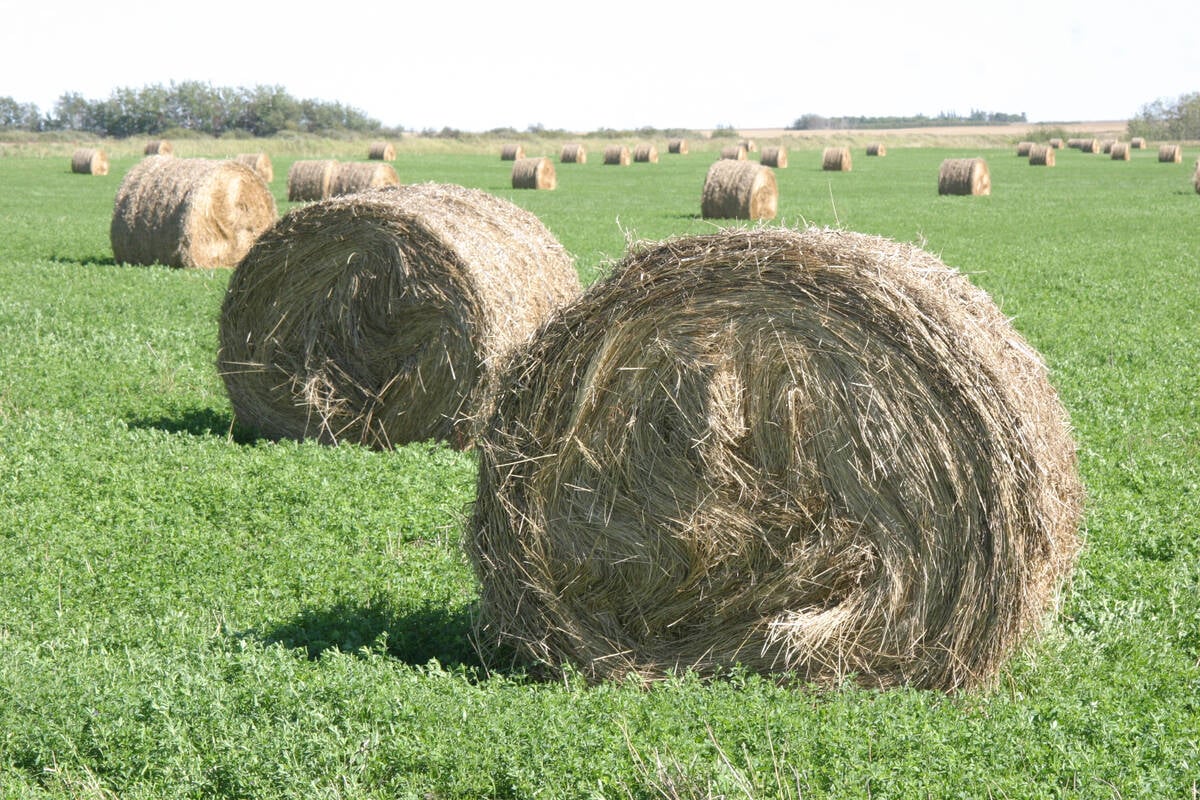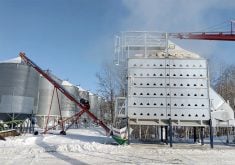WILLIAMS LAKE, B.C.—There have been past attempts to build a beef processing plant in British Columbia and many tales of failure.
The latest strategy to develop a B.C. beef program may have a chance of success as past missteps are analyzed in a long-term planning strategy.
There is strong producer interest but significant caution as well, said consultant Glenn Brand at the B.C. Cattlemen’s Association annual meeting in Williams Lake held May 23-25.
A committee with different working parts and levels of expertise is slowly putting the meat on the bones.
Read Also

Breaking down successful winter feeding into six steps
It’s that time of year when it is important to start planning for a cow herd’s winter feeding program. Here are six steps I think are necessary to consider when getting your feed tested.
“The objective of the group was to look at the feasibility of doing this from a producer perspective and to look at whether we should proceed with the solidification of a plan and producer structure to operate that,” he said.
A phased-in approach is most likely where B.C. raised cattle could be processed on a custom basis in existing facilities. The meat would be branded as B.C. product and offered at regional retail or food service.
A locally sourced market has been considered in the past but the major barrier was the lack of a federally inspected facility. If local beef was available and sold well before the major investment of a plant was made, the owners would know in advance whether a real market exists.
The concept is for a 500 head per week plant that would supply about 1.5 percent of B.C. beef needs.
If a federal plant went ahead Prince George could be a likely location. Water, workers, cattle and feed as well as a good transportation corridor for local and overseas markets are available.
A 14,000-head one-time capacity feedlot would be needed to keep a 500 head facility supplied.
The plant would be managed as a producer cooperative with different classes of ownership shares offered. Professional meat plant managers would run the facility and about 40 people would be employed.
Brand said those involved in this venture need to be realistic. The cost of building a plant is only a fraction of the outlay required. Probably 60 percent of the money is needed upfront to construct a plant that kills, chills, fabricates and grinds meat.
Operating money is another critical component.
Among the many reasons past ventures went under was a failure to project for operating costs.
“You’ll burn through three times the cost of your plant in the first three to five years of operation in operating losses if you are not careful. It is not the cost of a plant that is the problem. It is running a $75-80 million meat business and making sure it is profitable,” said Brand.
Whatever the obstacles there is a drive to move ahead to sustain a declining provincial industry.
“The cattle industry in the province of British Columbia has been in decline in terms of size of the herd. It is likely to continue to do so unless we find ways to change,” said Brand.
Most B.C. cattle go to Alberta or Washington for feeding and processing. “You tend to be a price taker in the market because of that,” he said.
All wealth comes from consumers who may place more value on a local, high quality product. A consumer survey said 88 percent had a clear preference for a local product.
“You have an opportunity to be a best in class local supplier if you can tap into that.”















